Inflation eases to 4.1% in December
SBP can cut policy rate further without fiscal, external sector risks
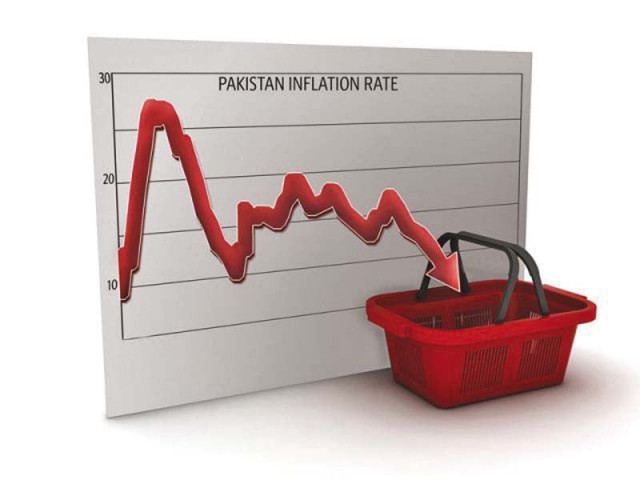
The average pace of increase in prices of about 600 goods further slowed down to 4.1% in December, providing more room to reduce policy rate this month without risking fiscal and external sector stability.
Pakistan Bureau of Statistics (PBS) reported on Wednesday that inflation measured by the Consumer Price Index (CPI) further eased to 4.1% in December compared to the same month of last year.
The slow pace is in line with expectations of the federal government but is lower than the estimate of the central bank, which expected a slight increase. The central bank had projected a gradual uptick in inflation from December onwards due to the phasing out of base effect.
The Ministry of Finance stated last week that inflation may remain in the range of 4-5%. The State Bank will hold the next monetary policy meeting before the end of this month for a decision on policy rate.
It has already cut the rate from 22% to 13%, but there is still room for a deeper cut. The economy grew just 0.92% during the first quarter of this fiscal year with industries taking a major hit on their production due to a high cost of doing business and inconsistent economic policies.
Businesses need stimulus in the shape of reduction in energy costs, working expenses and policy consistency. Until the interest rate comes down to single digits and there are stable policies and politics, the businesses may not expand their operations.
For the current fiscal year, the government has set the inflation target at 12% but the IMF sees the inflation rate at 9.5%. Average inflation during the first six months (July-December) of the current fiscal year remained at 7.2%, which was much lower than the annual target.
Core inflation, calculated after excluding energy and food items, also came down. It lowered to 8.1% in cities and 10.7% in rural areas.
Average core inflation is almost 4% lower than the policy rate, which provides room to the central bank to cut the rate by about three percentage points.
Inflation rate in urban areas slowed down to 4.4% on the back of a slow pace of increase in both energy and food items. In villages, the inflation decelerated to 3.6%, according to the national data collecting agency. The impact was more visible in towns and villages due to the reduction in food inflation.
PBS reports inflation data from 35 cities and covers 356 consumer items. In rural areas, it covers 27 centres and 244 consumer items.
PBS data showed that food inflation accelerated to 2.5% in cities and there was deflation of around 0.5% in rural areas. Prices of perishable food items increased 11% on an annual basis because of a surge in prices of onions, fresh vegetables and fruits.
Non-perishable food items deflated 1.4% due to a reduction in prices of wheat and wheat flour.
Prices of pulse gram increased 54%, gram flour 52%, tomatoes 44%, potatoes 37%, pulse moong 35%, fish 25%, gram whole 24%, honey 23%, meat 21%, milk powder 21% and fresh fruits 12%. Milk fresh and fresh vegetable prices increased 10%.
Due to the premature withdrawal of agricultural support prices, wheat prices are lower by 34% in this fiscal year and flour rates have also gone down by the same percentage.
The government had substantially increased taxes on vehicles and as a result, motor vehicle tax was up by 169%, according to the PBS.
The nominal GDP is growing by about 8%, which is not a good omen for the Federal Board of Revenue (FBR) that has prepared its revenue estimates on the basis of 16% growth. This has dented the FBR's collection by about Rs386 billion coupled with weak enforcement.
The FBR is attributing its poor enforcement measures to the slowing inflation, sluggish growth in large-scale industries and single-digit growth in imports.

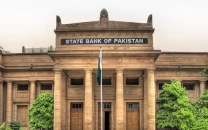
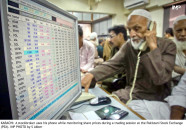
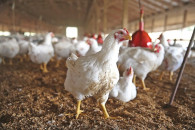


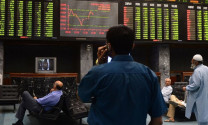

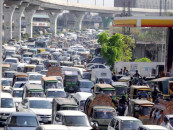

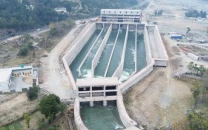








COMMENTS
Comments are moderated and generally will be posted if they are on-topic and not abusive.
For more information, please see our Comments FAQ